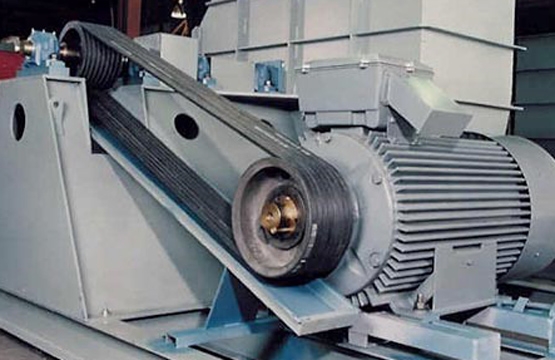

Implementing a motor testing program is no easy undertaking. Implementing anything new can be extremely difficult. Many questions need answered, many minds need to come together, and numerous obstacles must be overcome.
How do we get this off the ground? Who do we need “Buy-In” from?
Buy-in (as a verb or noun) signifies the commitment of interested or affected parties to a decision to 'buy-in' to the decision, that is, to agree to give it support, often by having been involved in its formulation
But what does that mean for an EMT program? To answer the question, we need to consider some of the answers to the following questions:
- What support is needed and from whom?
- Where do we start?
- Who are the decision-makers?
- What equipment do we need?
- What and where do we get the training that we will need to be successful?
- What goals do we set?
- How big of a team do we need?
- With the size of the team another question comes up, who do we place on the team?
- Do we have methods in place to utilize the data that the program is going to generate?
- Can we track the results of how effective the program is?
In my experience, the hardest part of getting any program going (not to mention obtaining the “buy-in”) is overcoming the culture or the mindset of the plant. One workaround is to find those individuals that want to become a part of the program. Not following some of the more traditional approaches such as the senior man gets the assignment or appointing the program to someone that would rather just keep things the way they are. Find those people that want to affect change for the betterment of the entire plant operations. The people that can inspire others to “see the light” not just dictate that change must be done or else.
Tracking results is a matrix that a lot of us try to avoid. But in doing so, we do ourselves a huge disservice. This measurement tracks how effective we are at monitoring the condition of our equipment. What was tested, the results, how often it is tested, if problems were found were those problems corrected and verified. All it really takes is one good “save” that can pay for the program for a year. A “save” is when we identify a problem and have it corrected without any impact on operations. Thereby preventing a “lost time” failure. Catastrophic failures are very expensive as compared to planned and scheduled repairs on equipment. That savings can be applied to the PDM program for additional equipment, personnel, and training.
This is by no means all the questions that will surface while setting up the program or to keep it going. It does provide some indication of the complexity that is involved. Remember, when properly implemented PDM technologies do not cost; they more than pay for themselves in the prevention of catastrophic failures and prolonged unscheduled downtimes.